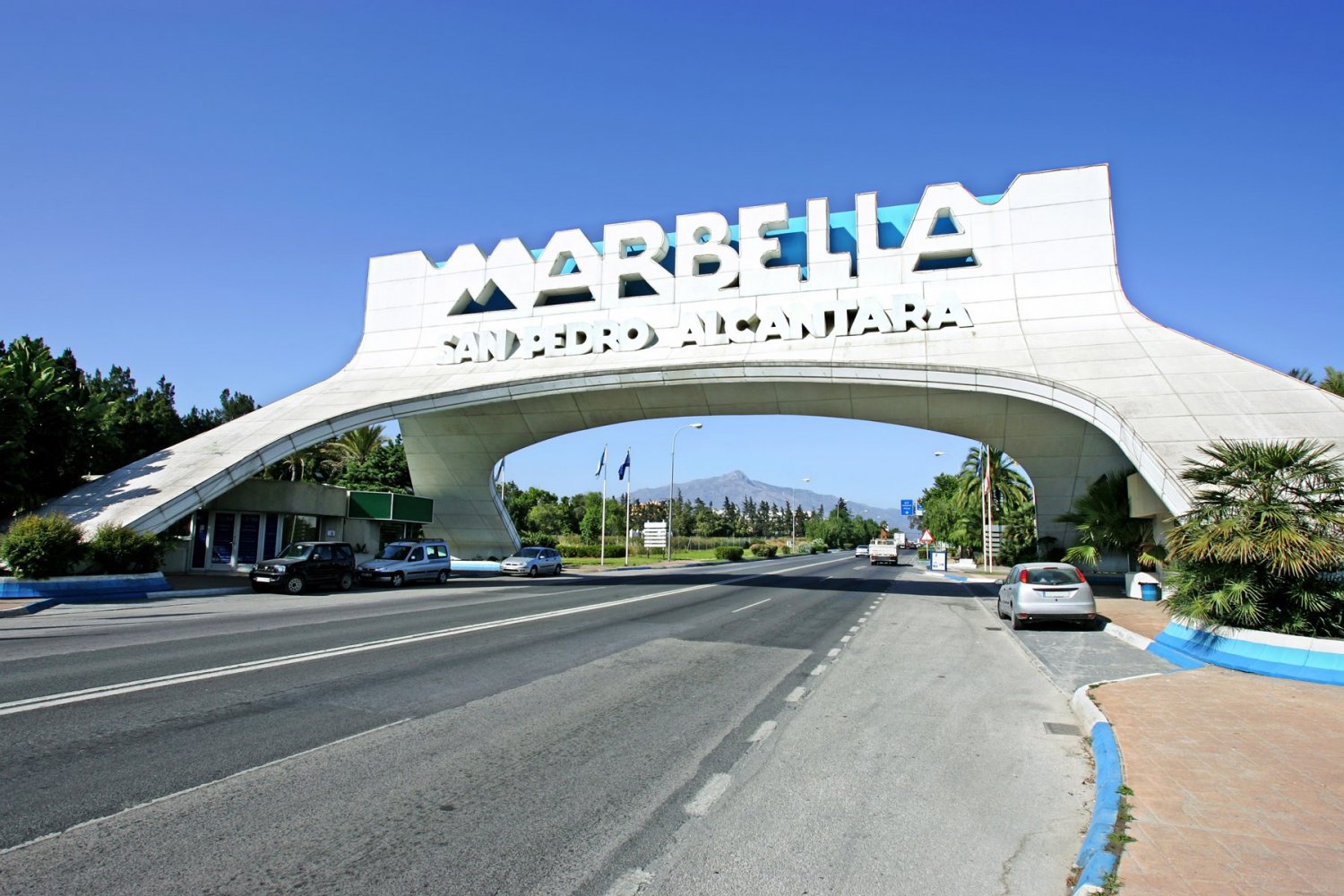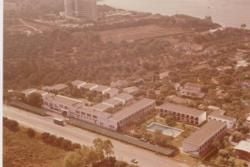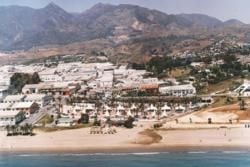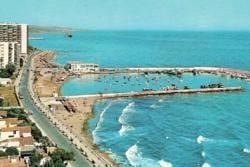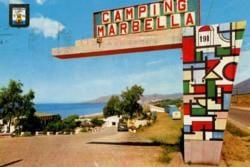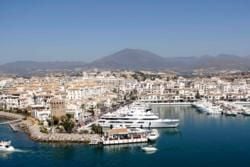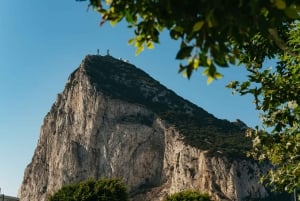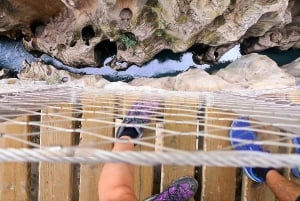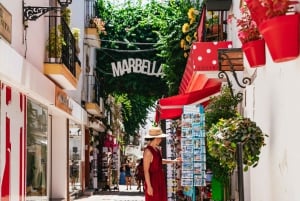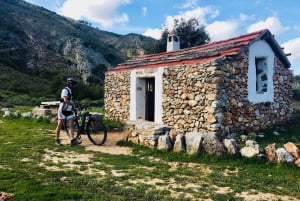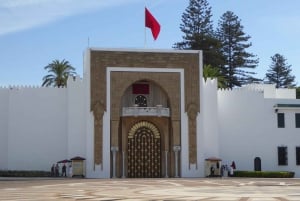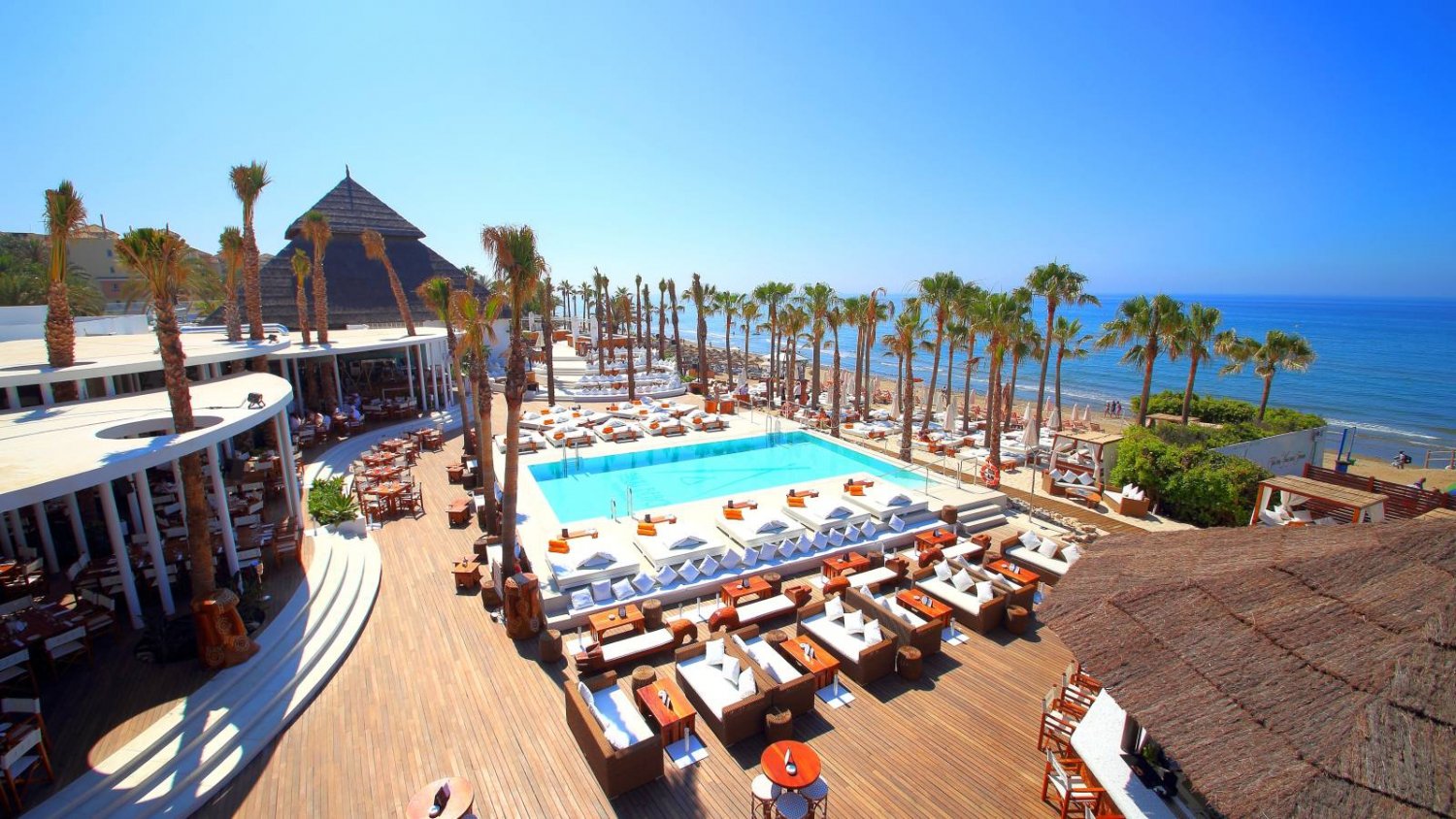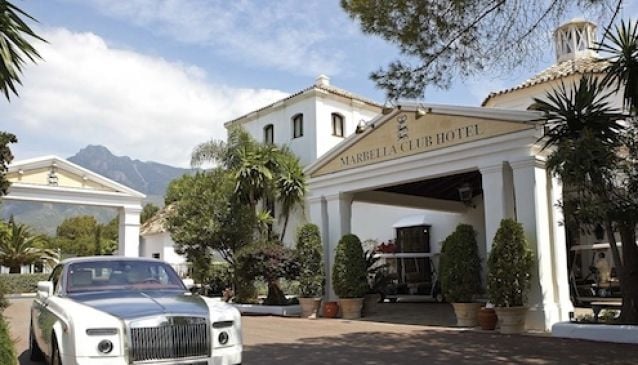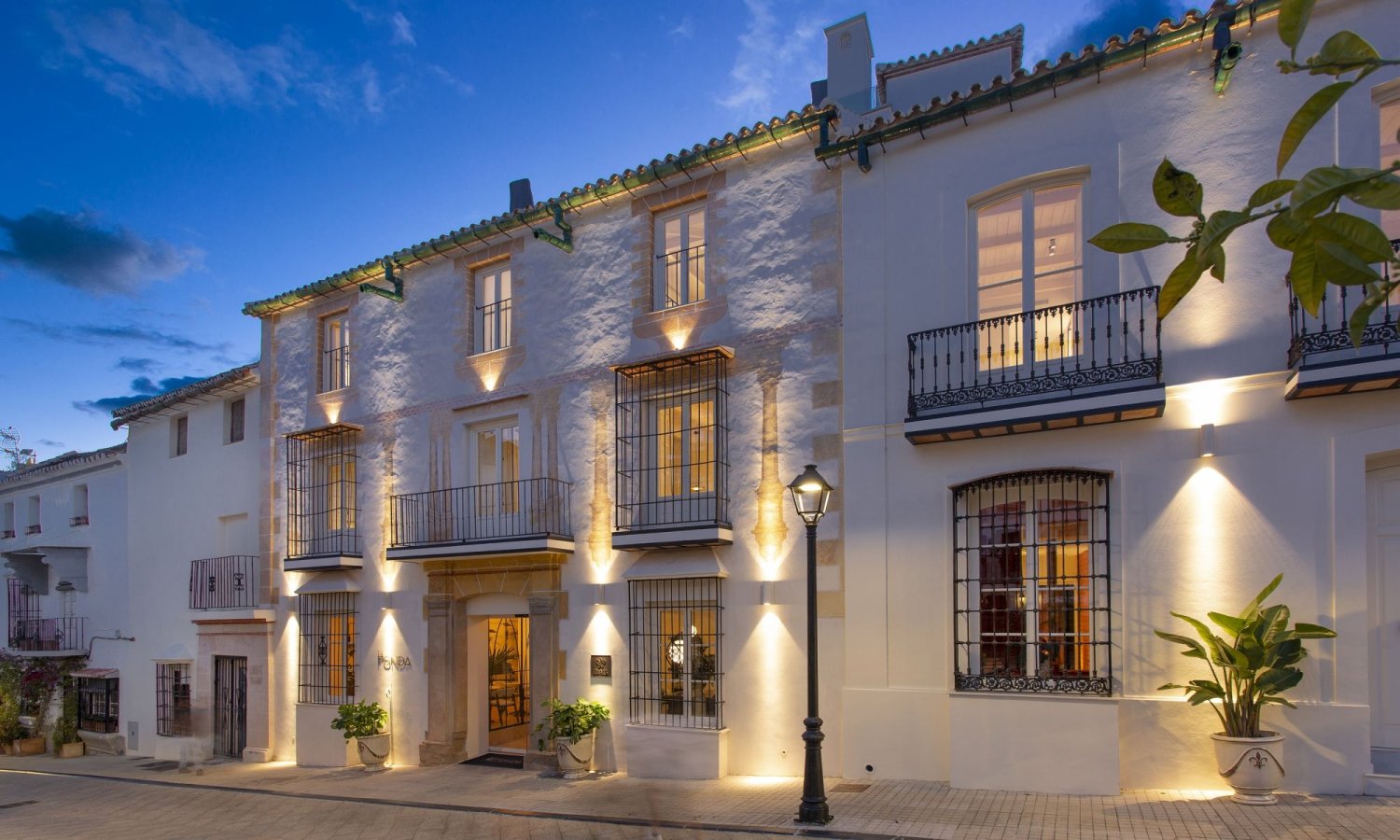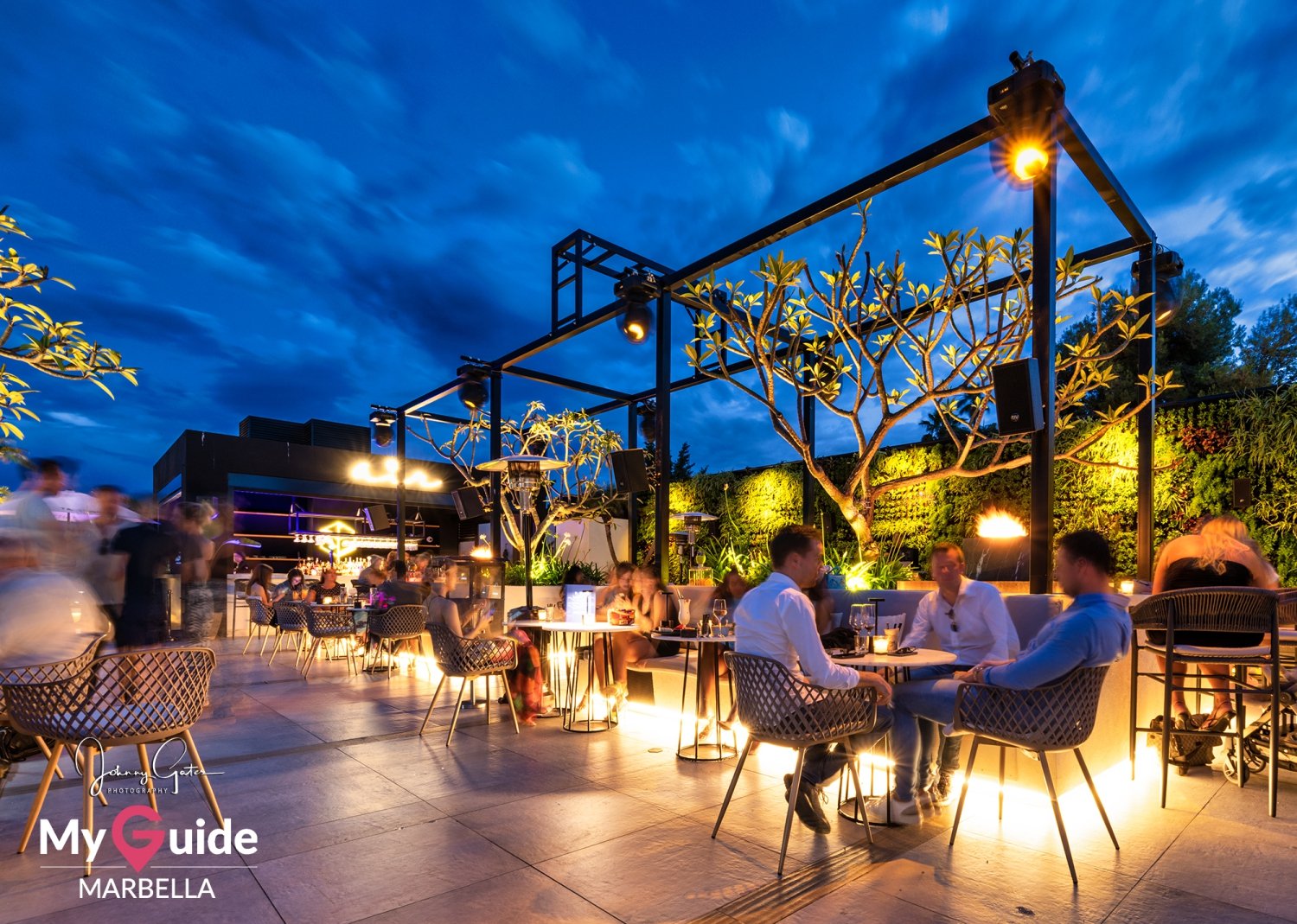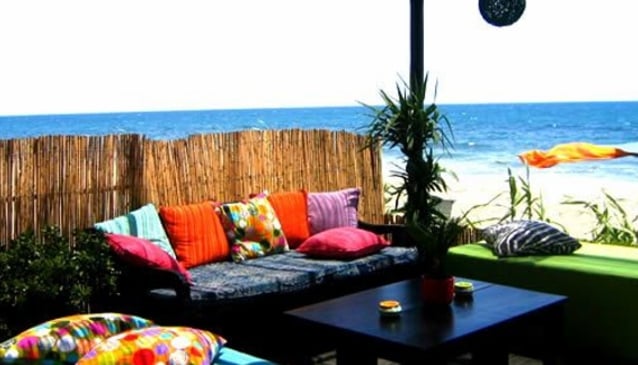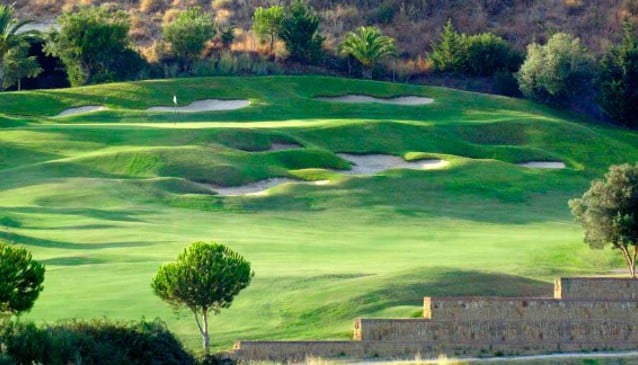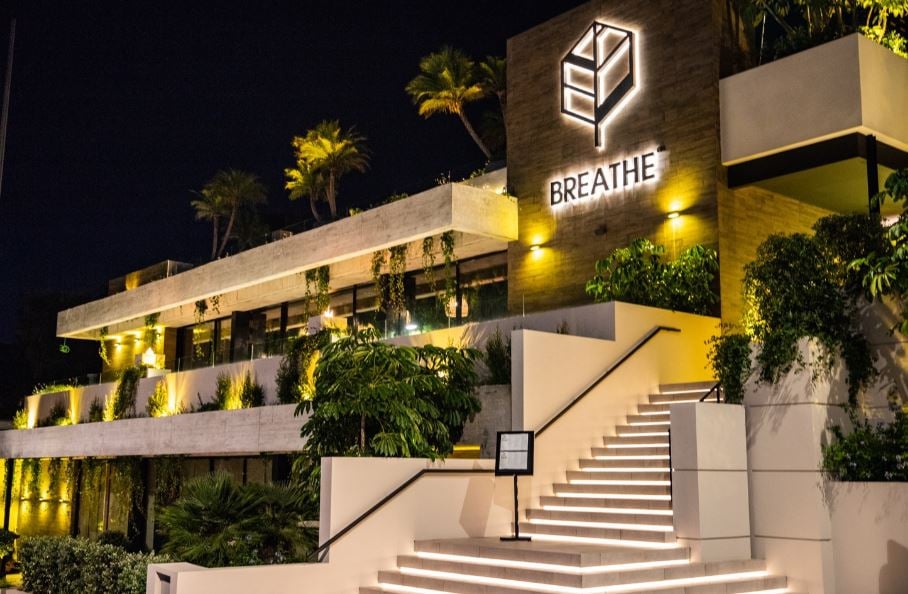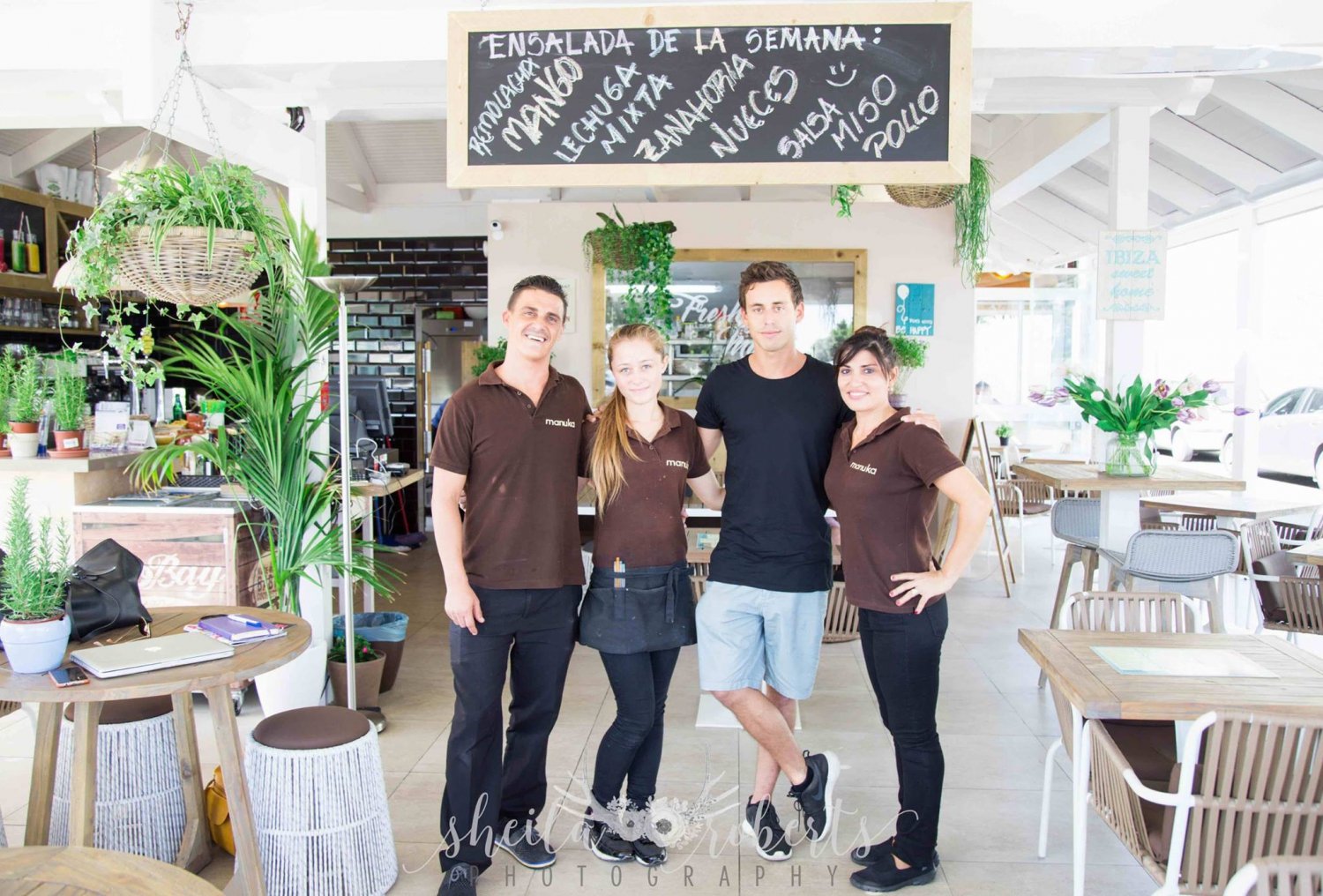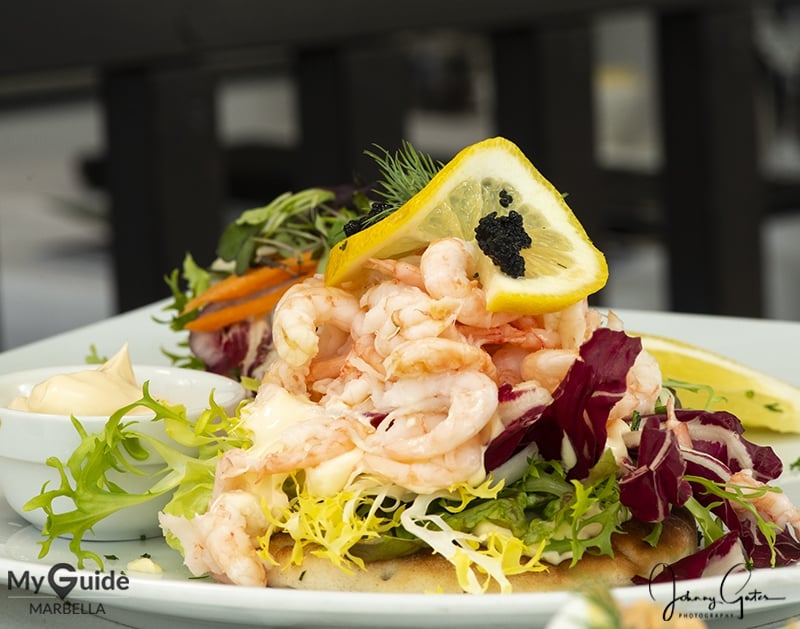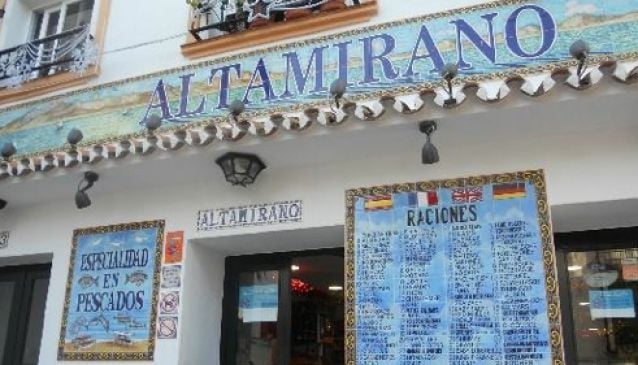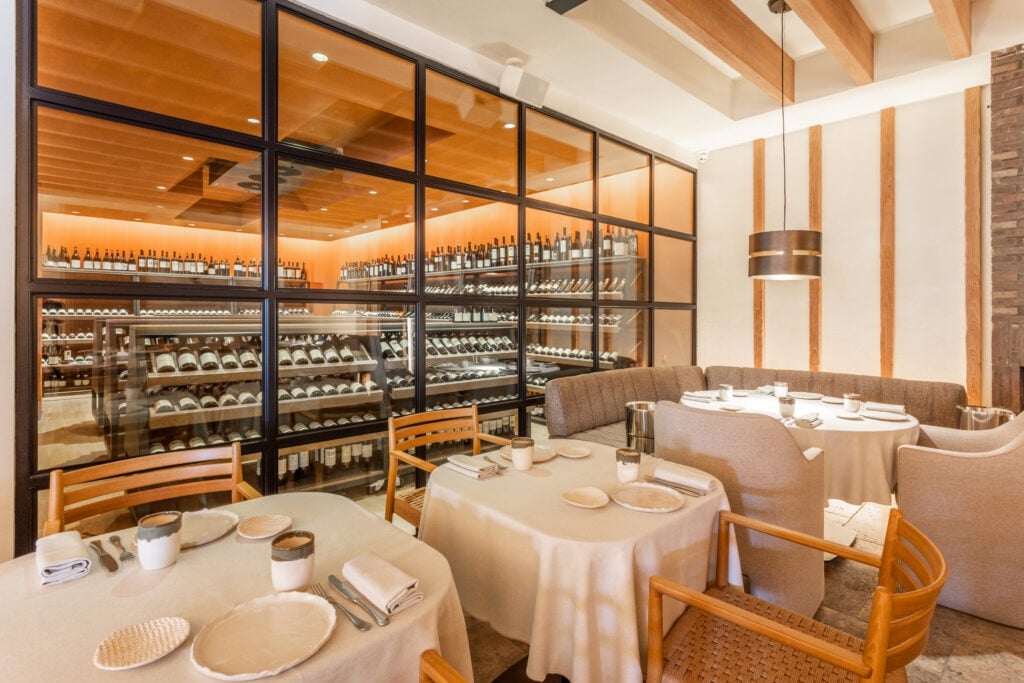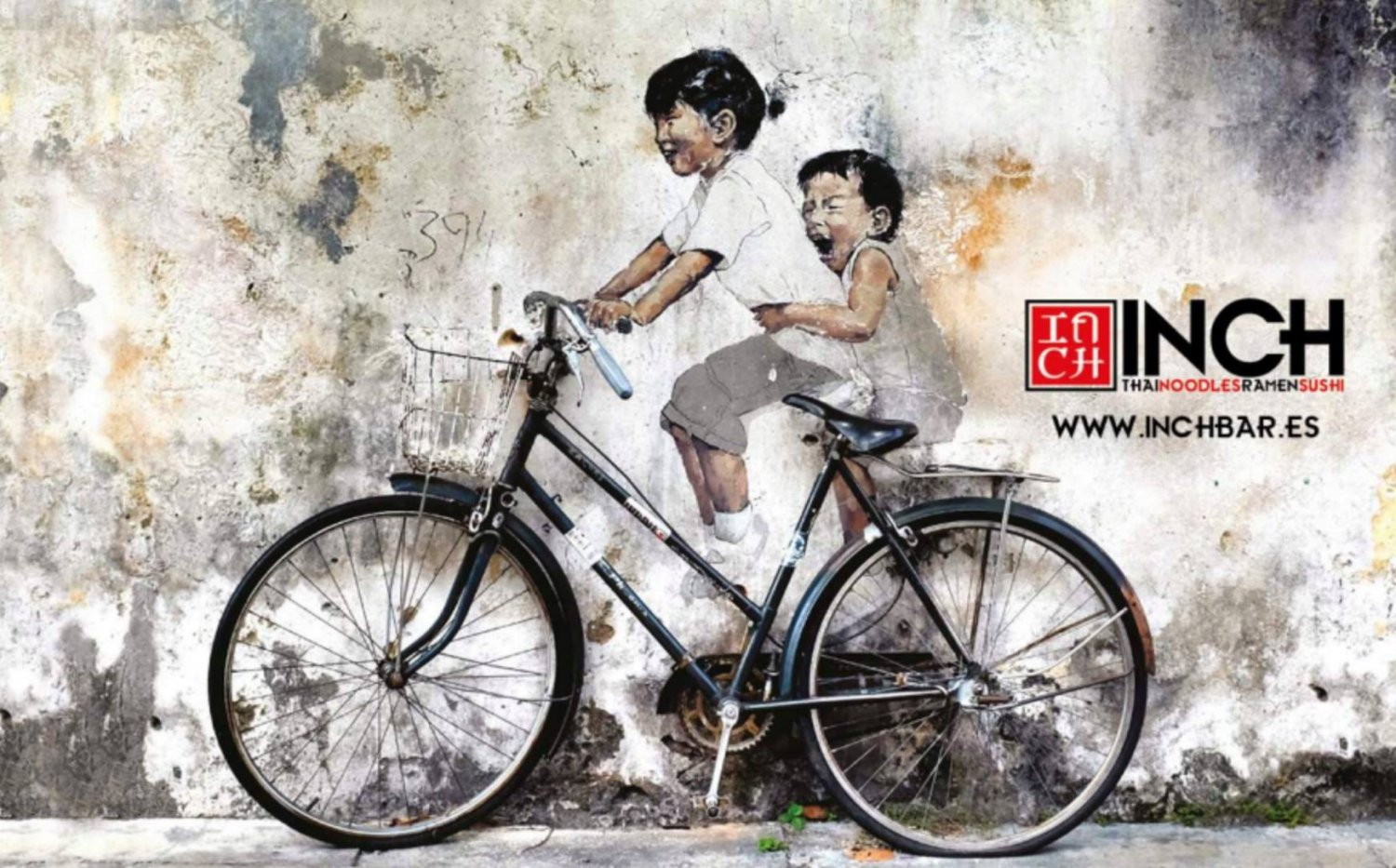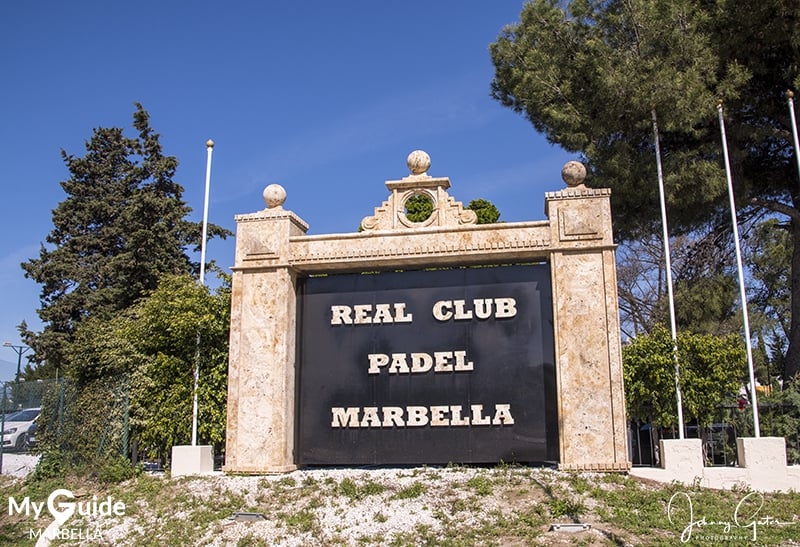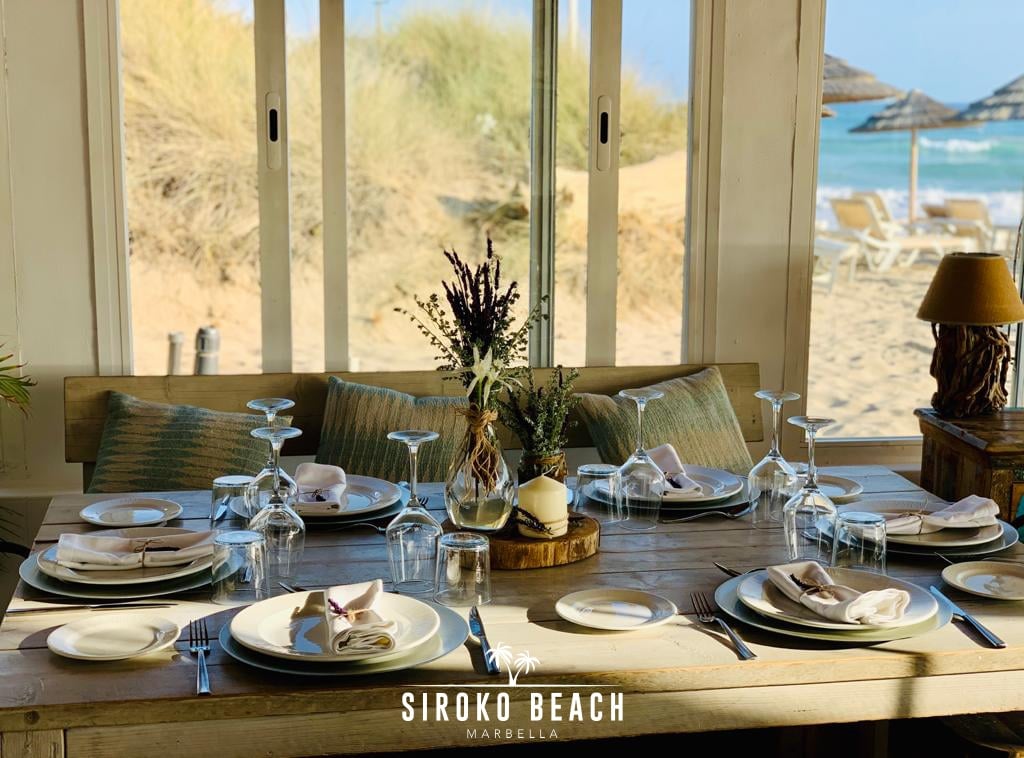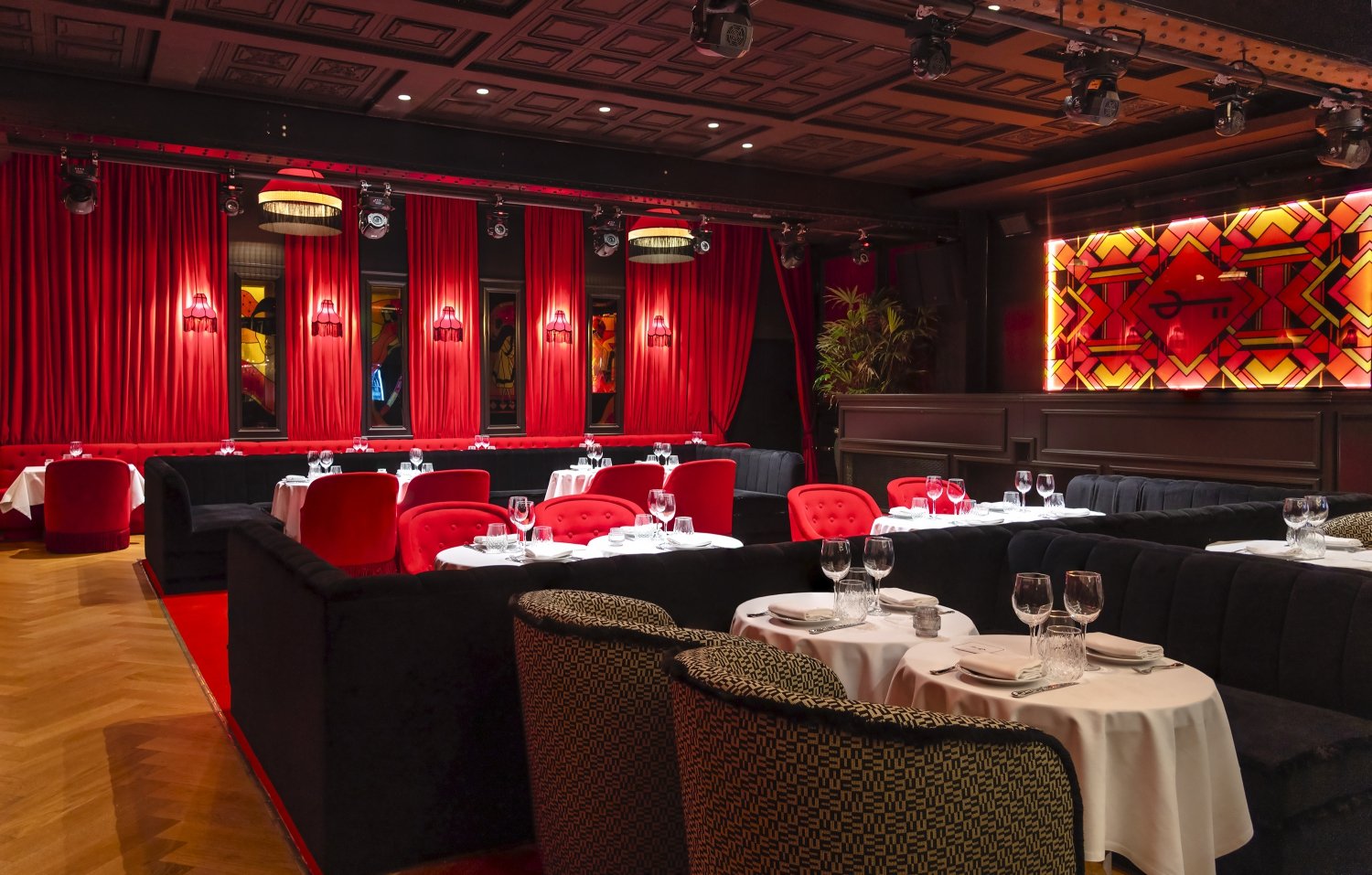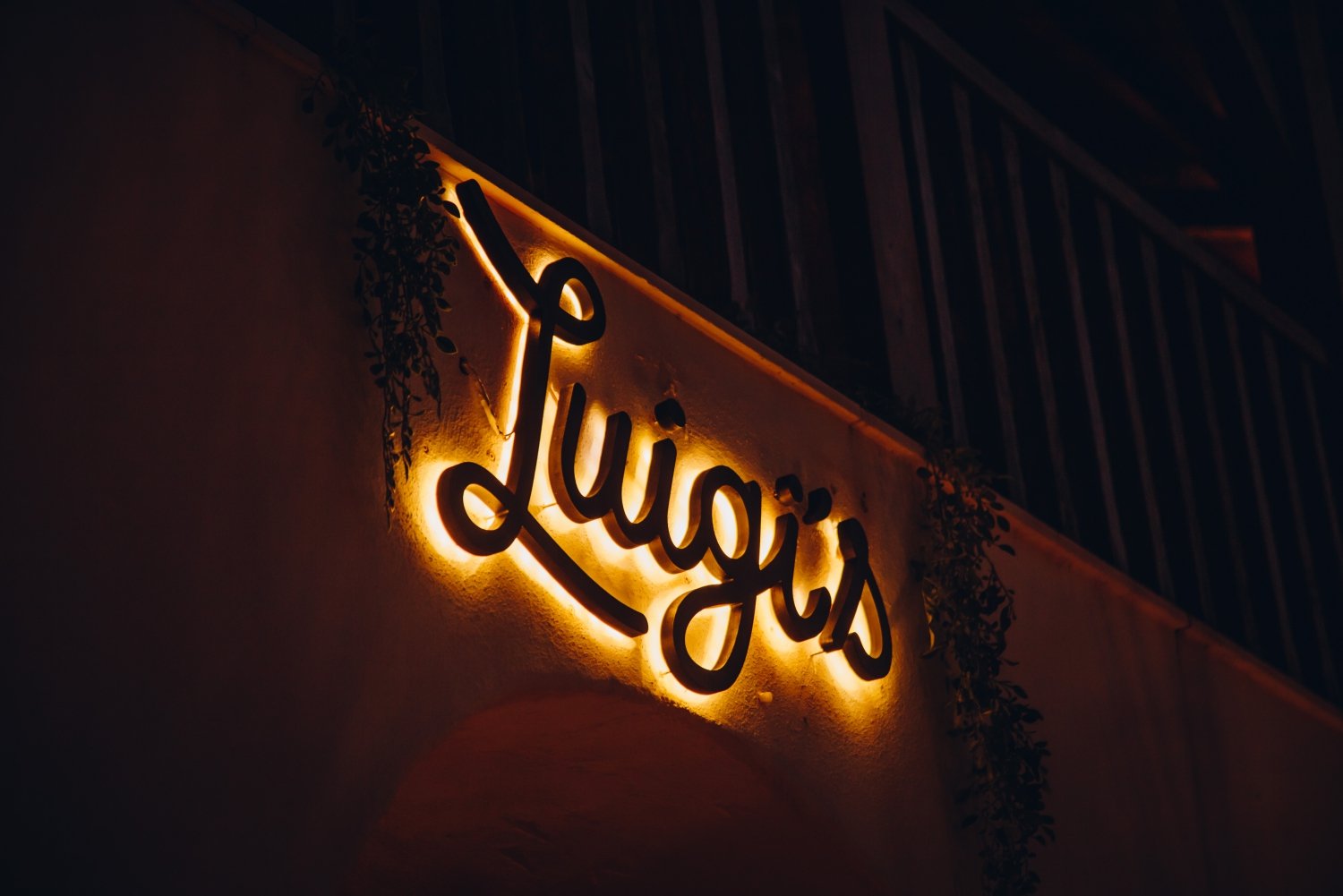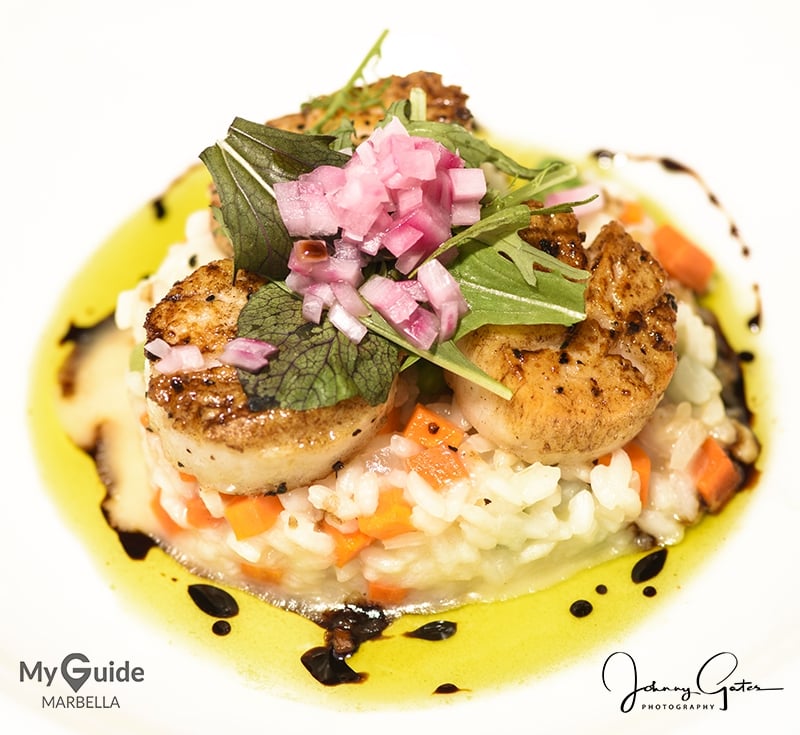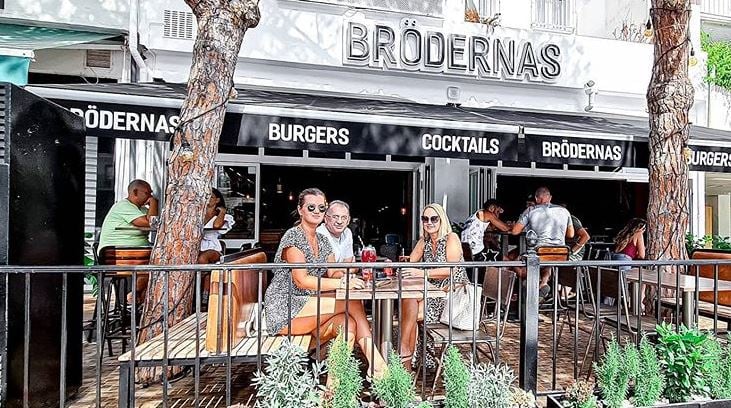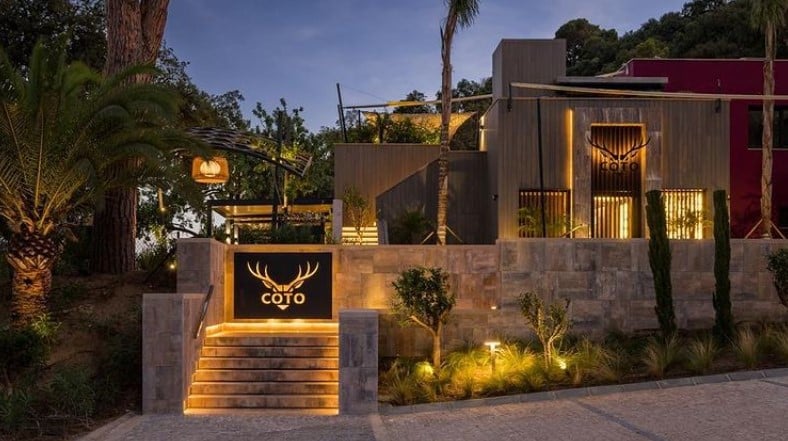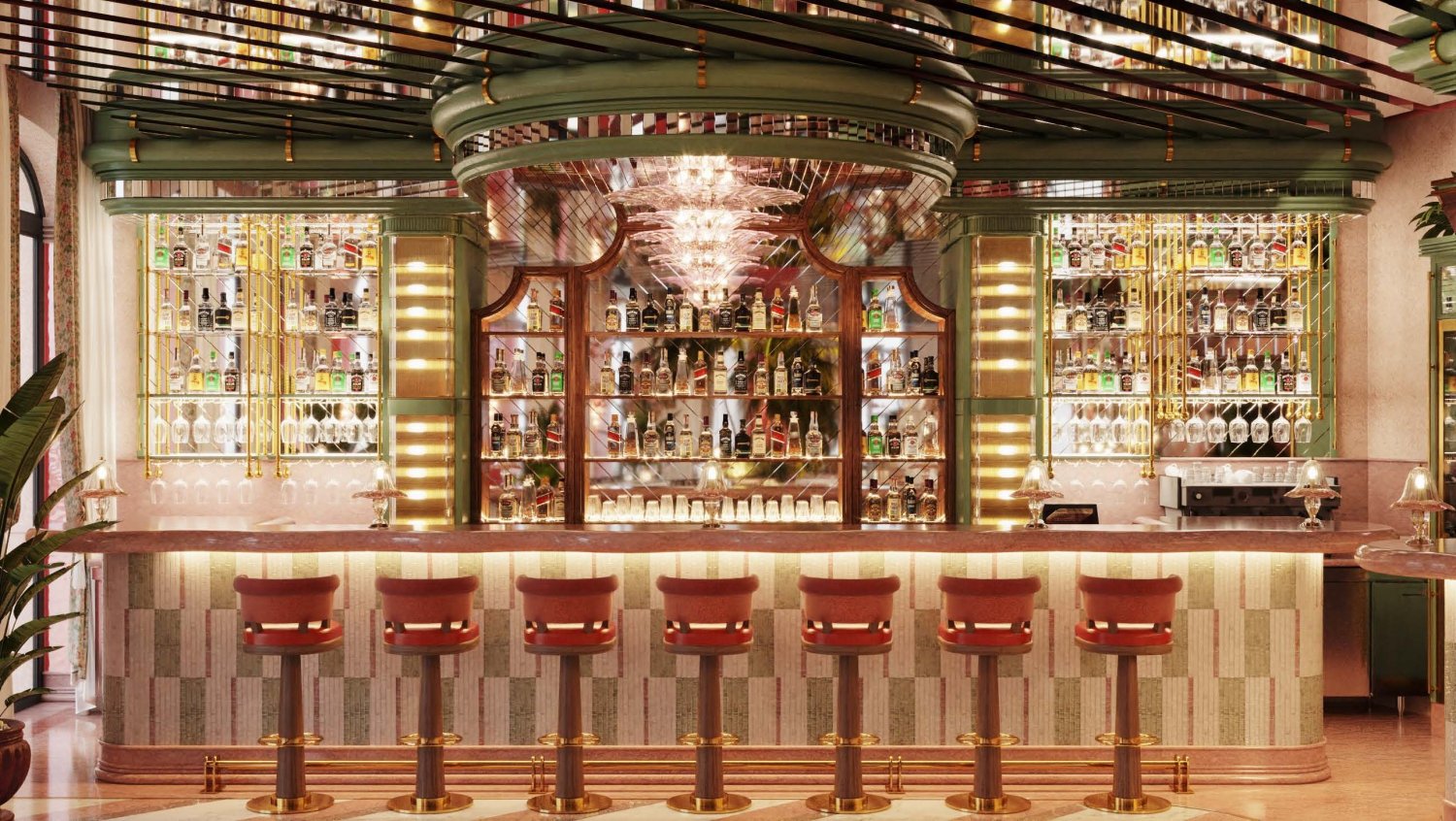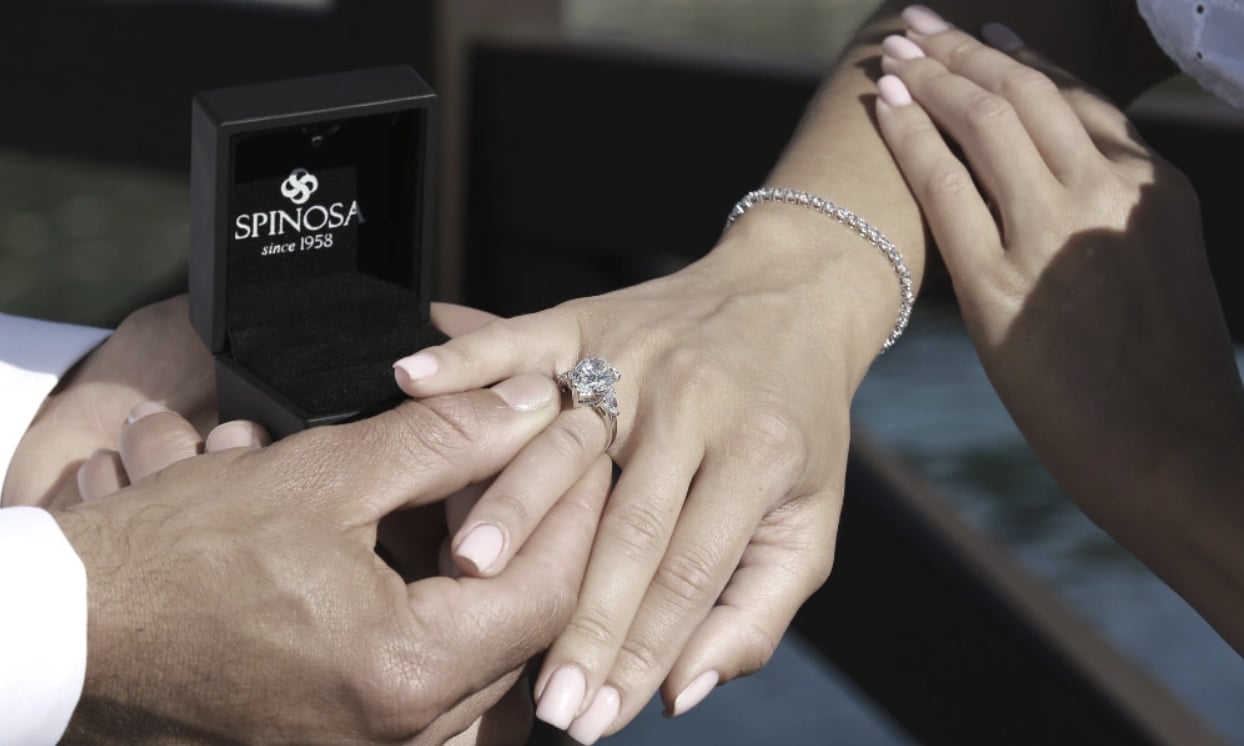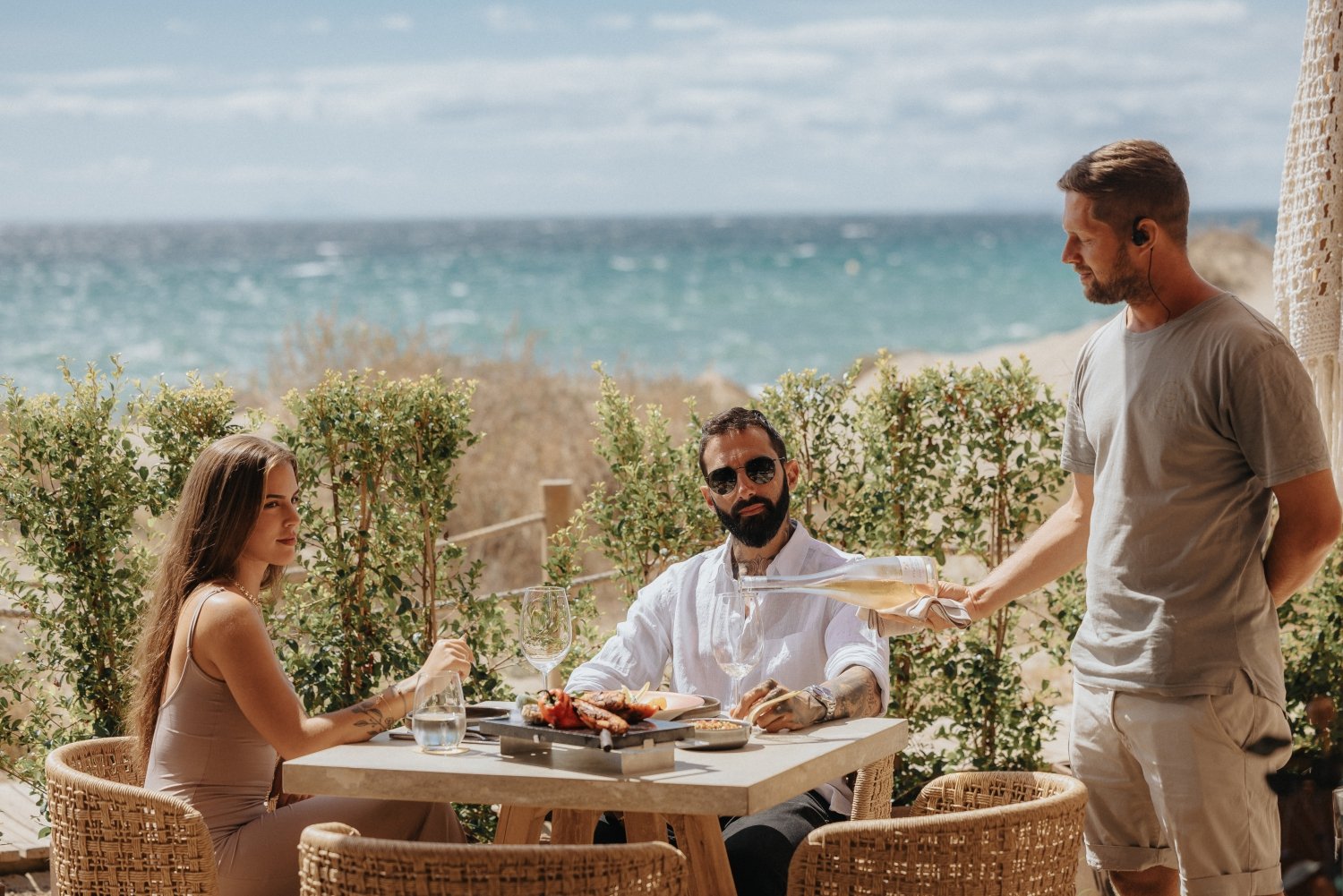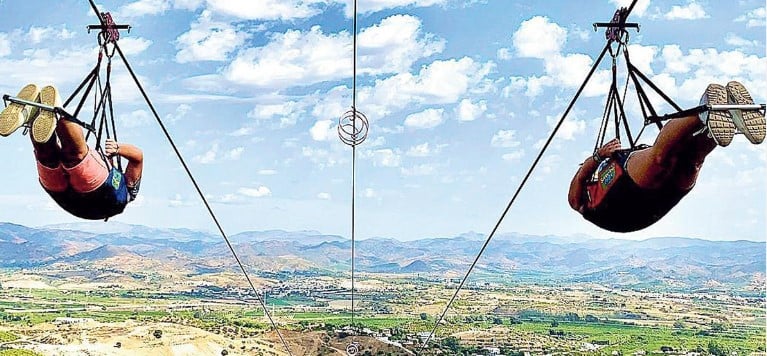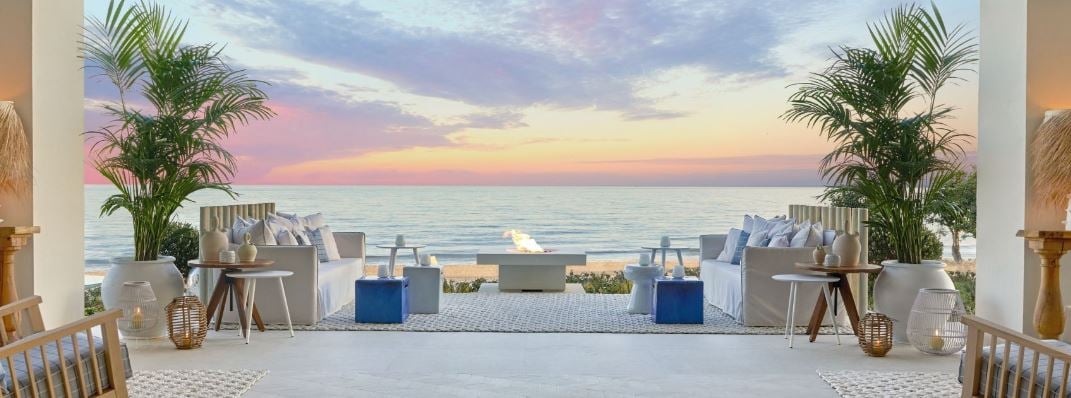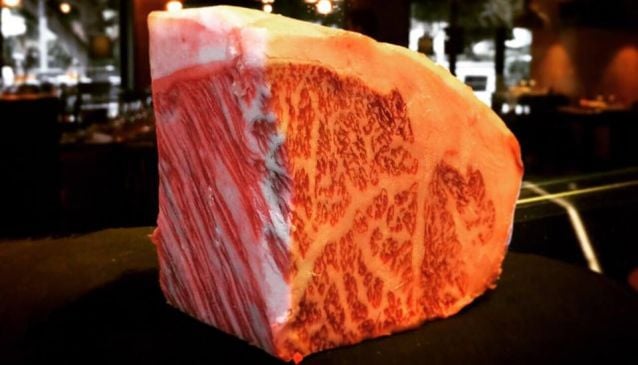History of Marbella
Marbella is more ancient than it looks and as you delve into the history you will find out some fascinating facts
Some historians believe that Marbella was inhabited as early as the 7th century BC, while Roman settlers are thought to have been in what is now Marbella Old Town and certain remains testify to that fact, including 3 Ionic capitals embedded in the Moorish castle walls. Called Salduba, the Salt City in Roman times, there are other Roman ruins dotted around Marbella including Roman baths at Guadalmina, the ruins of a Roman villa and a Roman bridge in Marbella.
It's thought the name is derived from what the Arabs called it, Marbal La, during the Islamic rule. At this time in the 10th century, the Moors built many lighthouse towers along the coast which are still standing today, as well as a citadel, an alcazaba, and a wall to protect the town.
Around the late 15th, early 16th century, the city was given the title of capital of the region and Plaza de los Naranjos, as well as other builings in Marbella old town, were built.
Iron ore was discovered in Ojen near Marbella in the early 19th century and blast furnaces were constructed which ultimately produced over 75% of the country's cast iron, creating many jobs in the area. However, the dismantling of the steel industry some years later meant much of the population of Marbella had to return to farming or fishing for their livelihood. A widespread crisis of agriculture and an epidemic of pests in the vineyards meant that there was an increase in poverty and unemployment and by the end of the 19th century; the general population was split into working class and oligarchs, with almost no middle class.
The 20th century saw the building of the first hotels and Marbella experienced many social changes brought upon by political parties.
During the Spanish civil war, Marbella suffered greatly with many buildings burning to the ground; seized by Nationalists it became a haven for personalities including Jose Antonio Giron de Velasco and Jose Banús, personal friends of dictator Francisco Franco. After WWII, Marbella was a small village with just 900 inhabitants but the Marquis of Ivanrey, Ricardo Soriano, and his nephew Prince Alfonso of Hohenlohe-Langenburg acquired two estates in the area, one of which became the infamous Marbella Club Hotel in 1954, frequented by international movie stars and members of European aristocratic families.
Puerto Banus was built in 1970 and the lavish opening of the resort was attended by many famous names including Hugh Hefner, director Roman Polanski, Prince Rainier and Princess Grace of Monaco.
In the 70's and 80's, Marbella continued to become a destination for the jet set and Prince Fahd, who favoured the holiday town built his famous palace resembling the White House.
Things took a turn for the worse in Marbella in the 90's when Atletico Madrid President Jesus Gil y Gil became Mayor. Despising town hall formalities, he was highly criticized by Spain's major political parties but they could not overthrow him. During his reign as mayor, the Costa del Sol became a safe haven for British, Italian and Russian gangsters. When the town's finances were re-appraised, investigations into corruption began and Gil y Gil was forced to step down. His two predecessors Julian Muñoz and Marisol Yagüe were also investigated and as the town stood near bankruptcy in 2006, Yagüe was imprisoned and the Spanish government decided to suspend the council.
After a short period, municipal elections were held and in 2007 Maria Angeles Muñoz of the People's Party, won the vote for mayoress. Since taking the reins, Mayoress Muñoz has done a lot of good for Marbella, encouraging good business practice and ensuring it emerges a stronger town with a bright future.
Marbella has once again become known as a holiday destination of choice with thousands of international tourists arriving daily; luxury 5 star treatment is found in many of Marbella's stunning restaurants, nightclubs and hotels for those that want to experience a star-studded holiday while authentic Spanish flavour flows through the veins of the town for those travellers who appreciate some really ancient cultures.


